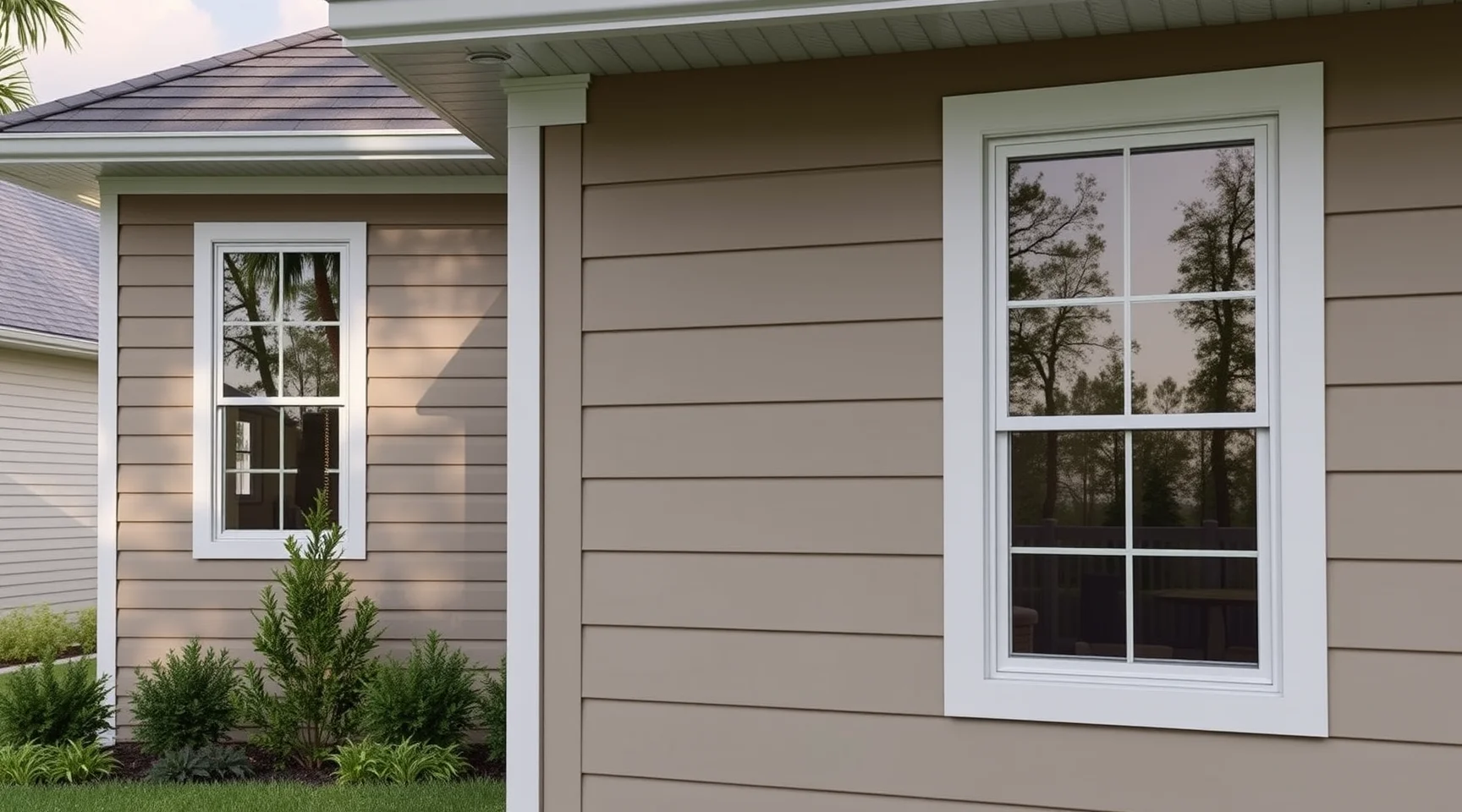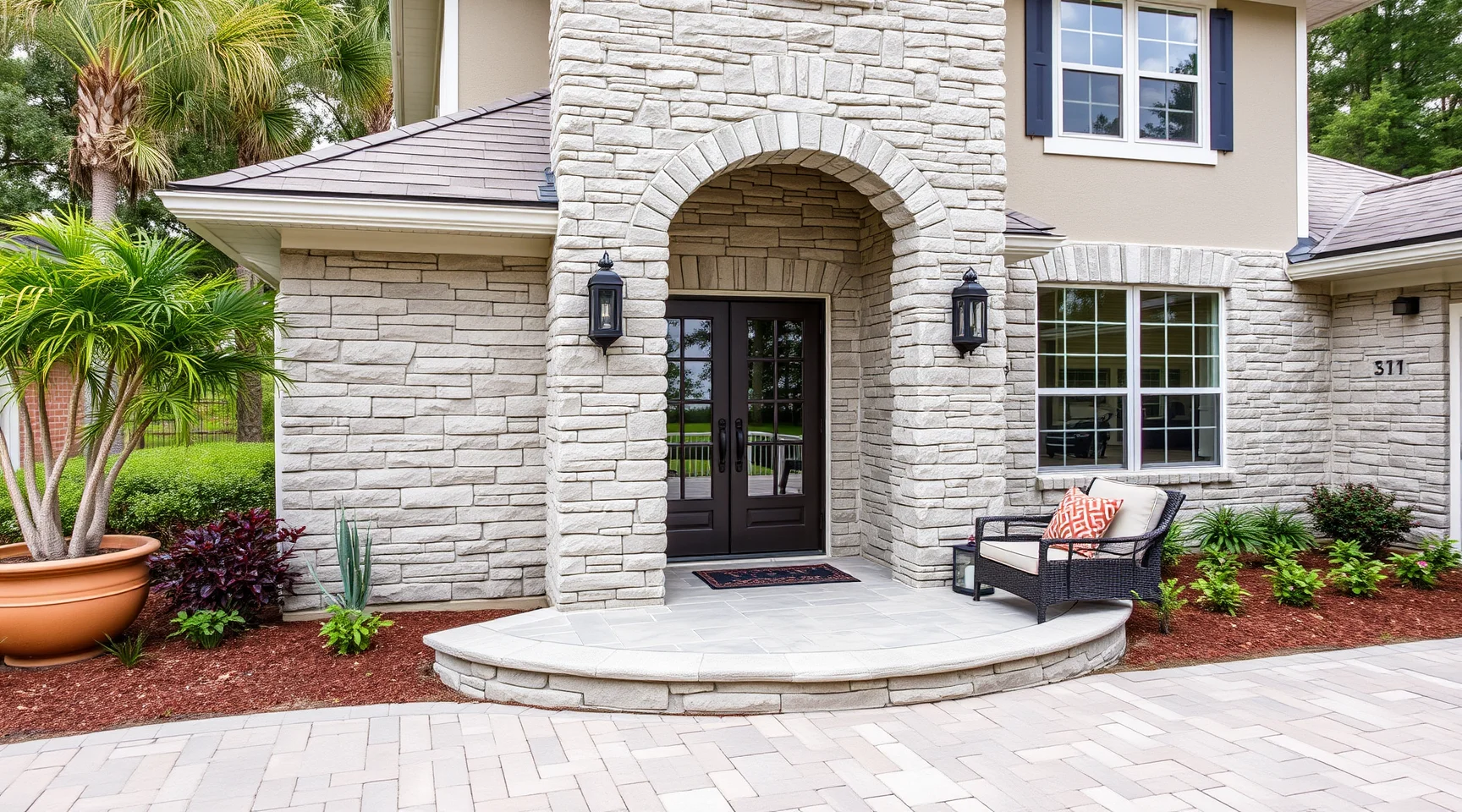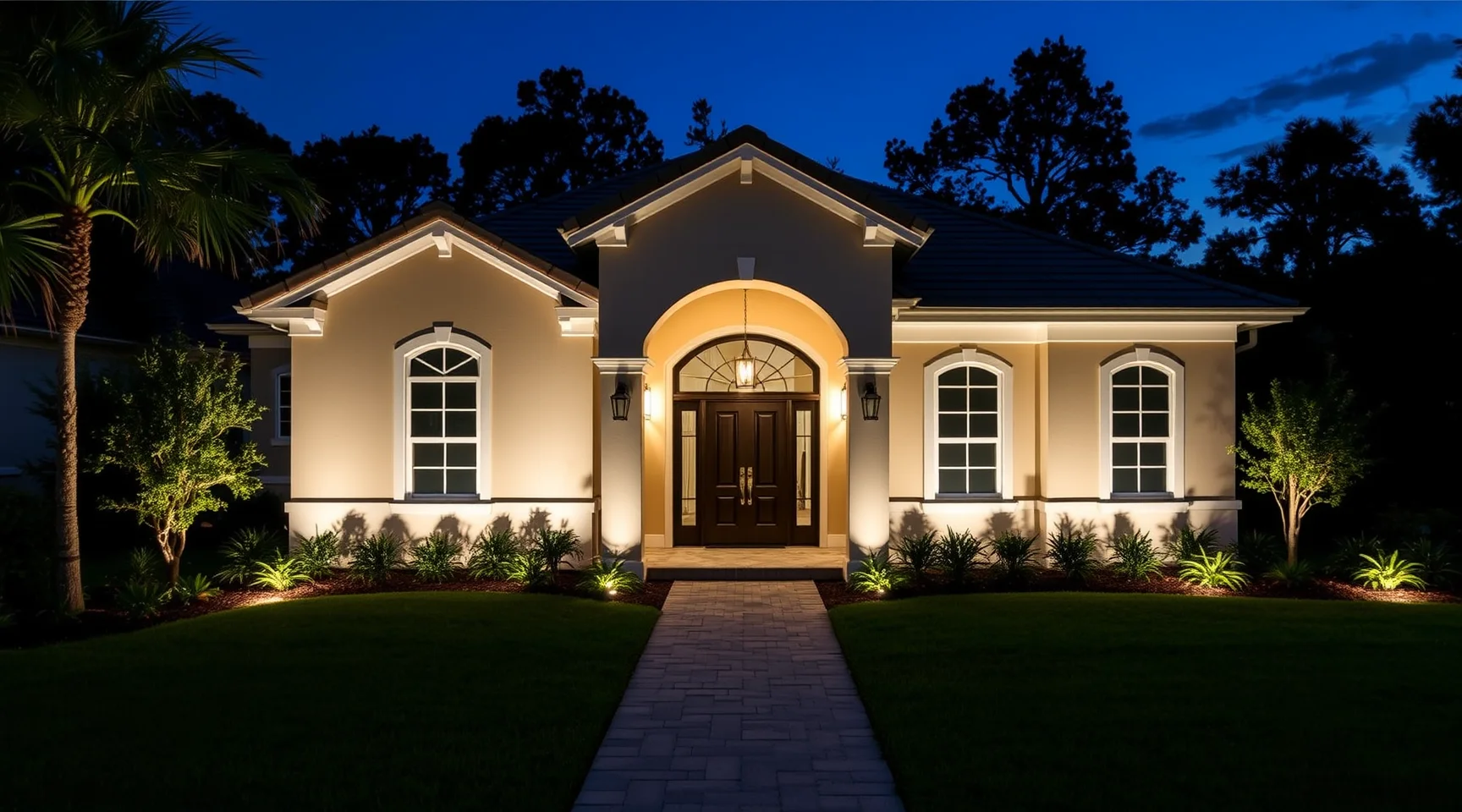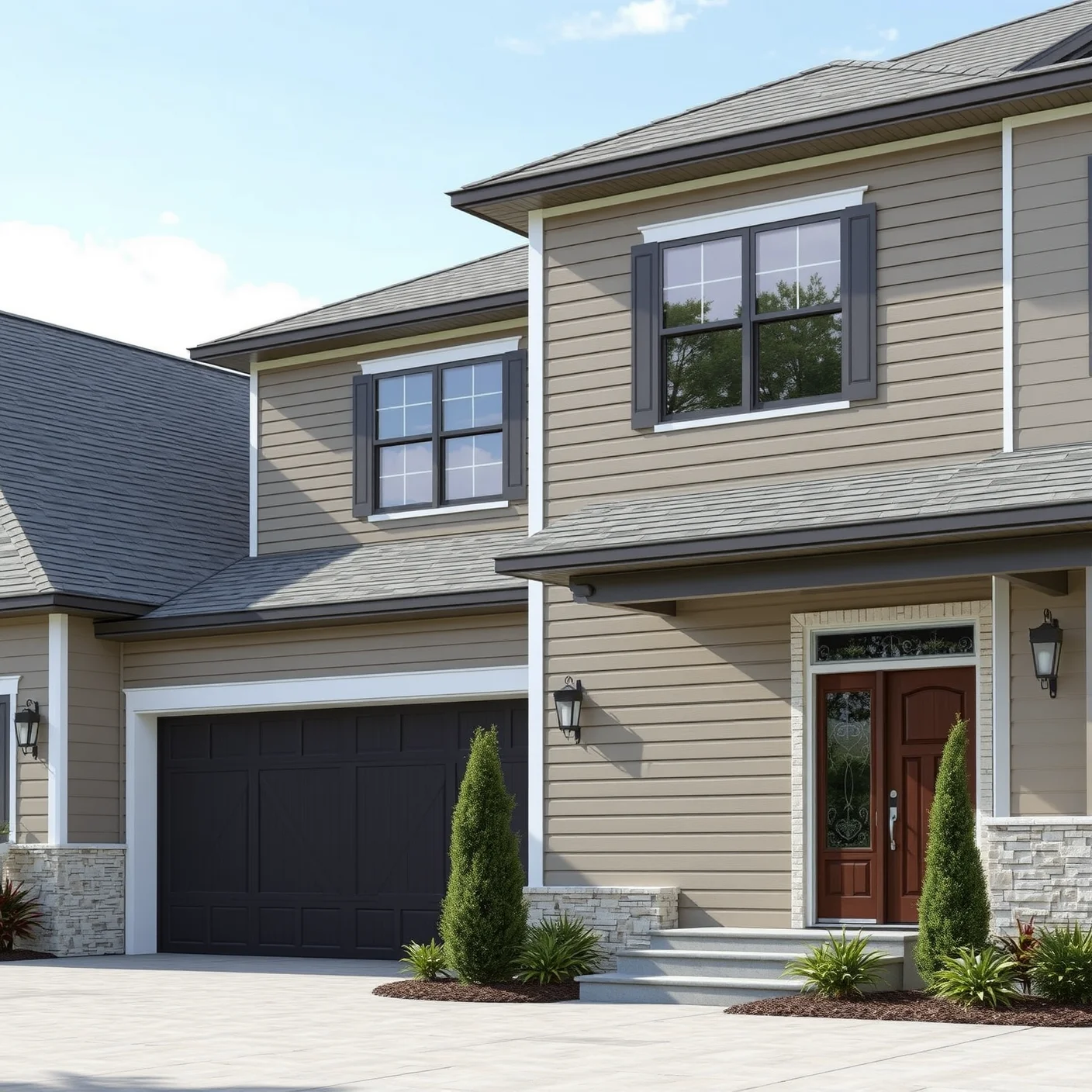
Soffit Light Spacing: Expert Tips for Perfect Installation
How Do You Determine the Optimal Soffit Light Spacing for Your Home?
Proper soffit light spacing is essential to achieve an evenly lit, aesthetically pleasing, and safe exterior. Whether you're upgrading your home's lighting or installing new fixtures, understanding the fundamentals of soffit light placement ensures you maximize both function and beauty. This guidance will explore practical steps, measurements, and considerations to help you find the ideal spacing tailored to your home's unique structure and design.
What Are the Key Factors Influencing Soffit Light Spacing?
Before diving into specific measurements, it’s important to recognize the various elements that influence soffit light placement:
Size of the soffit area: Larger soffits may require more lights to ensure uniform illumination.
Type and wattage of light fixtures: Different fixtures emit varying light intensities; choose fixtures that suit your needs.
Purpose of lighting: Are you primarily illuminating walkways, highlighting architectural features, or providing security?
Clutter and obstructions: Gutters, vents, or decorative elements can impact optimal fixture placement.
Energy efficiency considerations: Spacing can affect energy consumption; optimal placement reduces waste.
How Do You Measure Your Home’s Soffit Area for Proper Light Spacing?
Accurate measurement is critical. Follow these steps:
Assess the length of the soffit: Use a measuring tape to determine the total linear footage of your soffit areas where lighting will be installed.
Determine the height of the soffit: Measure the height from the edge of the soffit to the point where the light fixture will be mounted.
Identify obstructions or features: Note vents, ducts, or natural architectural details that could influence fixture placement.
Decide on fixture spacing: Based on the measurements, you can plan the number of fixtures needed and their placement points to ensure even coverage.
What Are Best Practices for Spacing Soffit Lights for Even Illumination?
While there’s no one-size-fits-all rule, certain guidelines help achieve balanced lighting:
Spacing between fixtures: Generally, install fixtures approximately 4-8 feet apart along the soffit. For wider soffits, closer spacing ensures uniformity.
Align with architectural lines: Position fixtures to complement the home's design, emphasizing symmetry and balance.
Maintain a consistent pattern: Use equal spacing to avoid dark patches or overly bright spots.
Consider fixture elevation: Mount fixtures at an optimal height to maximize light spread without causing glare or shadows.
How Can You Use the Shape and Size of Fixtures to Adjust Light Distribution?
The brightness and coverage of your soffit lighting depend significantly on fixture choice. Here are some tips:
Choose fixtures with wide beams: These distribute light over broader areas, reducing the need for excessive spacing.
Opt for adjustable fixtures: They allow fine-tuning direction and angle, enhancing coverage and reducing gaps.
Combine different fixture types: Using accent and flood lights strategically can enhance particular features and improve overall coverage.
How Do You Ensure Safety and Accessibility When Planning Soffit Light Placement?
Safety shouldn't be overlooked:
Avoid placing fixtures too close to vents or gutters: This prevents overheating and damage.
Ensure wiring complies with local codes: Consult a licensed electrician for installation to meet safety standards.
Plan for maintenance access: Fixtures should be reachable for bulb replacement or repairs without scaffolding or dangerous ladders.
Should You Incorporate Different Lighting Zones for Enhanced Aesthetics?
Yes. Dividing your soffit lighting into zones can add depth and visual interest. For example:
Accent zone: Highlight architectural features or textured siding.
General lighting zone: Provide even illumination across the entire soffit area.
Security zone: Install motion-activated or brighter lights near entry points.
For more detailed guidance on siding and fixtures, check out [how to attach siding utility trim](https://lakecoexteriors.com/post/how-to-attach-siding-utility-trim).
What Are Common Mistakes to Avoid When Spacing Soffit Lights?
Knowing what not to do can save time and ensure better results:
Overcrowding fixtures: Too many lights can cause glare and increase energy costs.
Uneven spacing: Creates inconsistent lighting and diminishes curb appeal.
Ignoring fixture compatibility: Using incompatible fixtures or wattages can lead to overheating and damage.
Neglecting actual field testing: Always test your planned layout before permanently installing fixtures.
How Can Professional Assistance Improve Your Soffit Light Spacing?
Consulting with exterior lighting professionals can optimize your lighting plan. Experts provide insights on fixture selection, placement, and wiring safety, resulting in a stylish, effective setup tailored to your home’s structure. For DIY enthusiasts, recommended tools and techniques can be found in [beginner tools for vinyl siding DIY](https://lakecoexteriors.com/post/beginner-tools-for-vinyl-siding-diy).
What Are Some Visual Inspiration Ideas for Soffit Lighting Design?
Visualize your dream exterior with these ideas:
Symmetrical fixture spacing: Creates a clean, classic look.
Accentuating architectural features: Use focused lights to highlight moldings or textured siding.
Layered lighting: Combine diffused and focused lights for depth.
How Do You Maintain Soffit Lights After Installation?
Long-term performance relies on proper maintenance:
Regularly inspect fixtures for damage or corrosion.
Clean fixtures and lenses to maximize brightness.
Replace bulbs promptly with appropriate wattages.
Check wiring connections periodically for safety.
Can You Use the Same Principles of Soffit Light Spacing for Different Climates or Regions?
Absolutely. Regional factors like humidity, temperature variations, and exposure to elements influence your spacing choices. In humid or coastal areas, corrosion-resistant fixtures and slightly closer spacing can prevent shadowy, uneven lighting caused by damage or wear. Adjust your spacing and fixture type based on these environmental considerations for optimal results.
Where to Find More Resources on Home Exterior Improvements?
Enhance your knowledge further by exploring practical guides on siding installation, repairs, and maintenance. For detailed walkthroughs, visit [step-by-step siding hole repair guide](https://lakecoexteriors.com/post/stepbystep-siding-hole-repair-guide) and learn how to keep your exterior in top shape alongside your lighting plan.
Frequently Asked Questions (FAQs)
What is the ideal distance between soffit lights?
The general recommended spacing is about 4 to 8 feet apart, depending on the fixture type and soffit width. Measure your soffit and test different plans to find what provides even illumination without redundancy.
How many soffit lights should I install along my home?
The number depends on the total length of your soffit and the desired lighting intensity. As a rule of thumb, plan for fixtures every 4-8 feet, adjusting based on your specific needs and aesthetic preferences.
Can I install soffit lights myself?
Yes, if you have basic DIY skills and experience with electrical wiring. However, for safety and compliance, consulting a professional is recommended, especially for complex setups or high-voltage fixtures.
Are there specific types of fixtures best suited for soffit lighting?
Recessed, adjustable, and wide-beam fixtures are popular choices. Selecting fixtures that resist weather conditions and match your home's aesthetic ensures both durability and style.
How does soffit light spacing affect energy efficiency?
Proper spacing prevents overlapping light zones and reduces unnecessary energy use. Using energy-efficient LED fixtures further enhances savings and longevity.
Conclusion
Determining the best soffit light spacing for your home involves thoughtful measurement, understanding your lighting goals, and choosing appropriate fixtures. By applying these principles, you’ll achieve a well-lit, attractive, and safe exterior that enhances your home's curb appeal and functionality. Always consider consulting professionals if you’re unsure about installations or wiring, and explore available guides for a smoother process. Proper soffit lighting can transform your home's appearance—effective planning is your first step toward a stunning exterior.



















